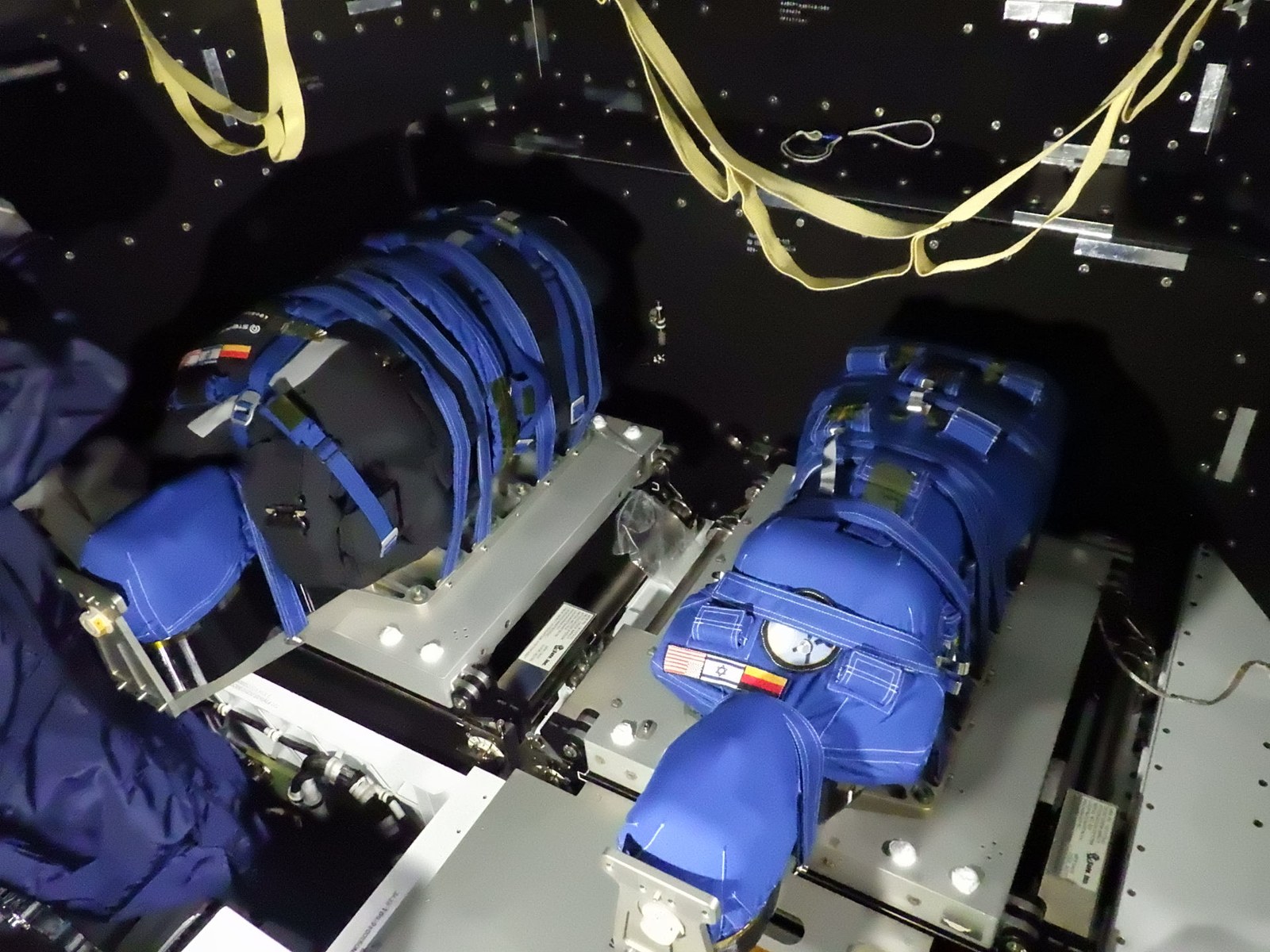Space is full of radiation. Charged particles swarming interplanetary space mostly originate from the Sun with the occasional interloper from the rest of the Universe. On Earth, we are protected by it thanks to the planet’s magnetic field and the atmosphere – astronauts are not. Two mannequins were sent on board the Artemis I mission around the Moon to measure how much radiation future astronauts will be exposed to.
Let’s start with the good news: The radiation dosages are unlikely to exceed NASA’s limits for astronauts in future missions to the Moon, and it confirms that the Orion spacecraft (the vehicle that will ferry astronauts from Earth to Lunar orbit) is well-designed to protect astronauts from harmful radiation.
Instruments to measure radiation, known as dosimeters, were placed around the spacecraft as well as on the mannequins, which were named Helga and Zohar. The data showed that, depending on the location within Orion, the radiation exposure can vary dramatically. The best-shielded areas got four times less radiation than the worst. The team estimates that if there were a major solar event, the dose within the “storm shelter” would not lead to radiation poisoning.
Helga and Zohar also had dosimeters on them – but they were not dressed the same. Zohar had a protective vest, another way to estimate the difference in radiation dosage. During a mission, the data suggests that astronauts will be experiencing around 30 millisieverts. This is about 60 percent of the maximum early dose permitted for a US radiation worker.
Helga and Zohar, the mannequins that collected data on the radiation in Orion.
Image Credit: NASA/LM/DLR
About one-sixth of that was due to the Van Allen Belts, the bands of radiation that exist around the planet. Artemis I has shown that it is possible to reduce radiation exposure by 50 percent by orienting the spacecraft 90 degrees during the flyby through the inner belt. All this data will inform the planning of future Artemis missions.
“The Artemis I mission marks a crucial step in advancing our understanding of how space radiation impacts the safety of future crewed missions to the Moon. With radiation monitors placed throughout the Orion capsule, we are gaining valuable insights into how space radiation interacts with the spacecraft’s shielding, the types of radiation that penetrate to reach the human body, and which areas inside Orion offer the most protection. This knowledge is invaluable, as it will allow us to accurately estimate radiation exposure for ESA astronauts before they journey into deep space, ensuring their safety on missions to the Moon and beyond,” co-author Sergi Vaquer Araujo, Lead for the Space Medicine Team, said in a statement sent to IFLScience.
The data from Artemis I is the most consistent collection of radiation data around the orbit of the Moon and deep space near Earth. Apollo data and observations from Earth have their limitations, and apart from the Polaris Dawn mission last week, all human exploration of space in the last 50 years has stayed very close to the planet.
Artemis II is expected to fly in September 2025. The mission will last a maximum of 21 days and the crew features NASA’s Reid Wiseman, Victor Glover, the record-breaking Christina Koch, and Canadian astronaut Jeremy Hansen.
The paper is published in the journal Nature.
Source Link: We Finally Know How Much Radiation The Next Artemis Astronauts Will Experience Around The Moon
